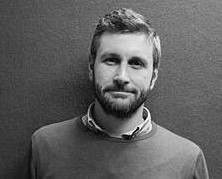VR helps us experience historical places
Virtual reality might be the closest we can get to a time machine. For instance, it can be used to experience historical communities – such as the Iron Age city of Uppåkra in southern Sweden, according to LU researcher Mattias Wallergård.
Jessika Sellergren – Published 17 October 2022
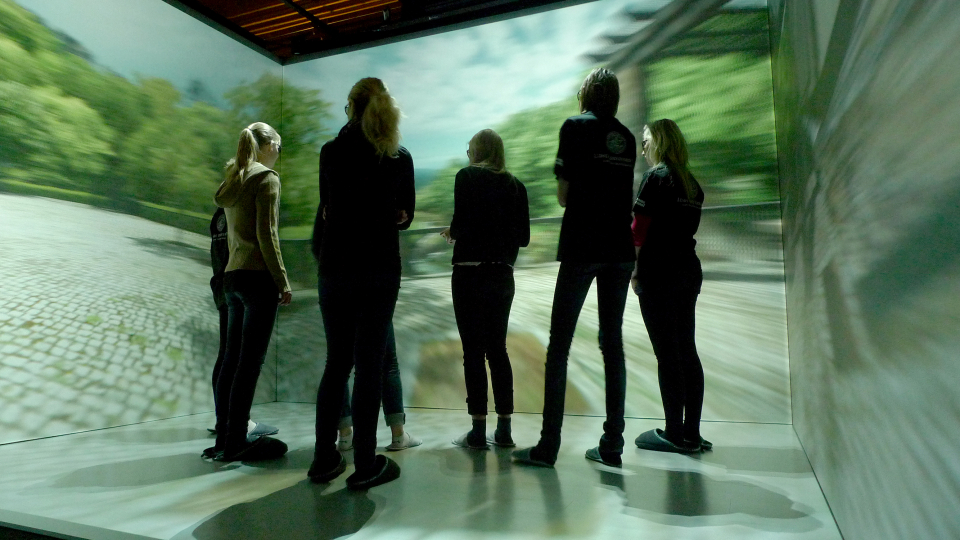
Mattias Wallergård has done research on virtual reality and its applications for the past 20 years. He works at the Virtual Reality Lab at Lund University, and believes in the use of new techniques when exploring ancient history.
“Virtual reality makes it possible to alter both time and place. The combination of technology’s great possibilities and an exciting ancient location like Uppåkra, makes me more than happy to join this virtual time travel.”
Mattias Wallergård brings these thoughts to his role as a “virtual reality expert” on the Uppåkra Scientific Council. The Council assists in the development of the site as a destination for visitors. One way the the Uppåkra Scientific Council supports the project is to contribute ideas on how people can experience this historical environment.
“A sense of presence”
“Technology is perfect for visiting environments from a distant time. It creates a sense of presence that makes you a part of the context. In an Iron Age city like Uppåkra, it can be about working in the forge or visiting the cult house. In virtual reality you can participate and act – and you learn a lot more.”
The dissemination of knowledge is an important part of Uppåkra’s activities, and one target group is school classes.
“Perhaps virtual study visits can be made possible through games? Uppåkra Scientific Council is experimenting with a game environment where the players can move around in the Iron Age city and have historical and time-accurate experiences,“ says Mattias Wallergård.
Digital games: a way to learn and discover
Someone who has extensive experience with digital learning games is Agneta Gulz, Professor in Cognitive Science at Lund University, and like Mattias Wallergård, also a Scientific Council expert. In her research, Agneta Gulz has worked with numerous projects on teaching history using digital learning environments.
With the youngest pupils as a target group, Agneta Gulz is responsible for the development of a digital treasure hunt projected onto physical surfaces in Uppåkra. The digital hunt is combined with educational briefings, both before and after the treasure hunt. She says:
“Integrating digital resources with teaching and face-to-face meetings in a physical setting is central to learning in the educational context. The Uppåkra Scientific Council takes this into account in its efforts for both younger and older visitors.”
Pompeii in 3D: a source of inspiration
With a view towards the future, both Agneta Gulz and Mattias Wallergård will continue to develop the digital and virtual Uppåkra. A probable partner is Nicolo Dell’Unto, Professor in Archaeology and supervisor of the Digital Archaeology Laboratory, DARK Lab.
The Lab is a resource for making archaeological sites and discoveries more accessible by using 3D technologies and virtual reality. Nicolo Dell’Unto has previous experience of this from his work in visualizing the ancient city of Pompeii. In cooperation with other researchers – both from Lund and other parts of the world – he contributed to making Pompeii accessible for more people by documenting the city with 3D GIS technology on site in Italy in 2011 and a few years thereafter.
“Suddenly it was possible to visit and explore Pompeii without having to travel there. It was especially useful for international archaeologists and historians. The public was also invited to virtually visit Pompeii here in Lund.”
The work with digital time travel to Pompeii is a source of inspiration for visualizing other historical environments – such as Uppåkra.
“I’m eagerly awaiting the results of the ongoing research project, ‘The Hall at Höjden’ (part of Uppåkra). When the results are available, I definitely want to participate in visualizing the Iron Age City,” says Nicolo Dell’Unto.
In focus: Technological revolution transforms archaeology
Extensive excavations of the largest Iron Age settlement in the Nordic countries have begun. Thanks to new scientific methods, researchers can gain access to new facts about the lives and the people who once settled in Uppåkra.
The article "VR helps us experience historical places" is part of the focus theme.
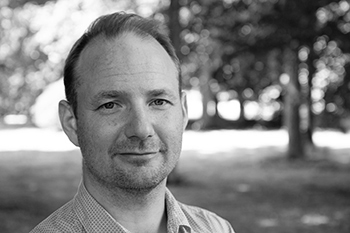
Mattias Wallergård
Associate professor in Ergonomics and Aerosol Technology
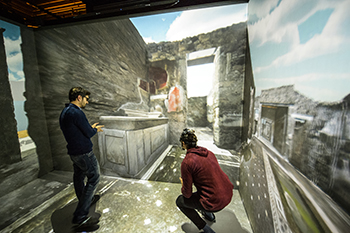
Virtual Reality Lab at LTH
A cross-disciplinary hub for visualisation and new interaction technologies.
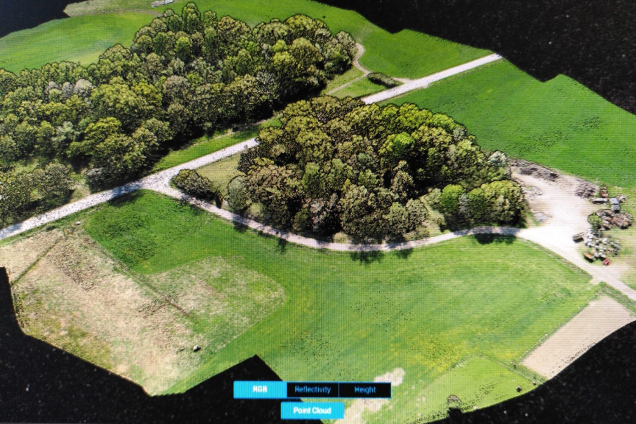
DARK Lab
A research infrastructure focused at surveying and analyzing archaeological sites by means of 3D combined technologies.


